
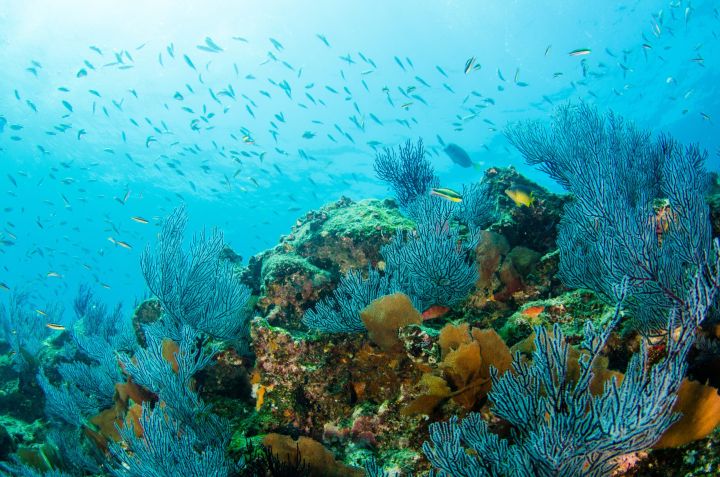
Sea Life
The Emerald Coast is a thriving habitat for all kinds of sea life! From majestic Green Sea Turtles to tiny, adorable Ghost Crabs, the area is home to many beautiful, unique species of sea life!
SEA LIFE ID
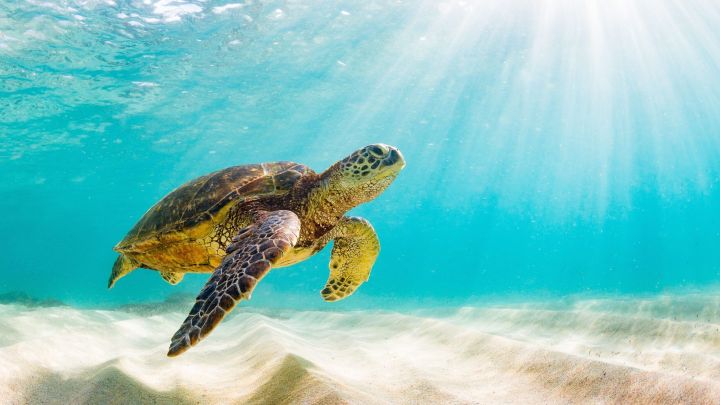
Green Sea Turtles
Green sea turtles are the largest of all hard-shell sea turtles, and we are fortunate to share our beaches with nesting females. Each year, locals wait with anticipation for the hatchlings to dig out of the nest and make their way to the water. The female sea turtle will choose a location for her nest on the beach and dig with her hind flippers. One female sea turtle can lay between 60 and 160 eggs in her nest, and then will cover them with sand. The eggs take approximately 60 days to hatch, at which time the babies dig out of the nest to find the water.
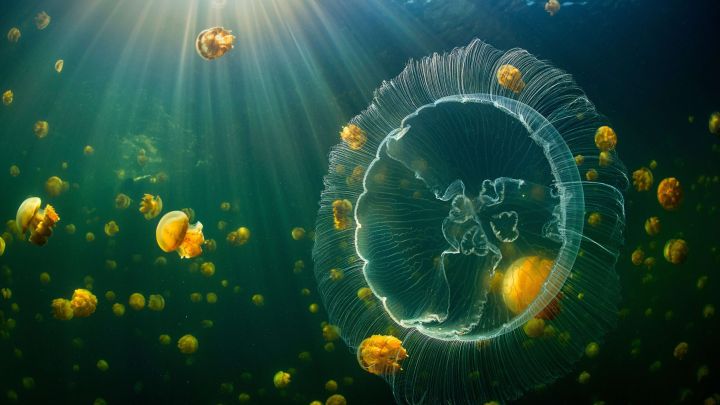
Jellies
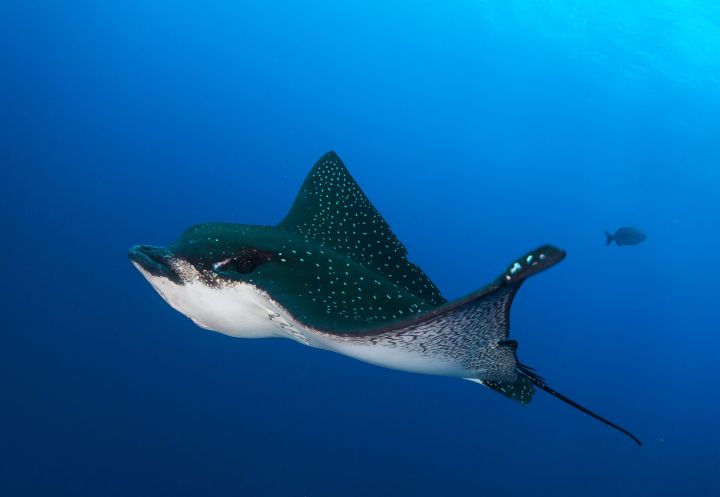
Stingrays

Sharks
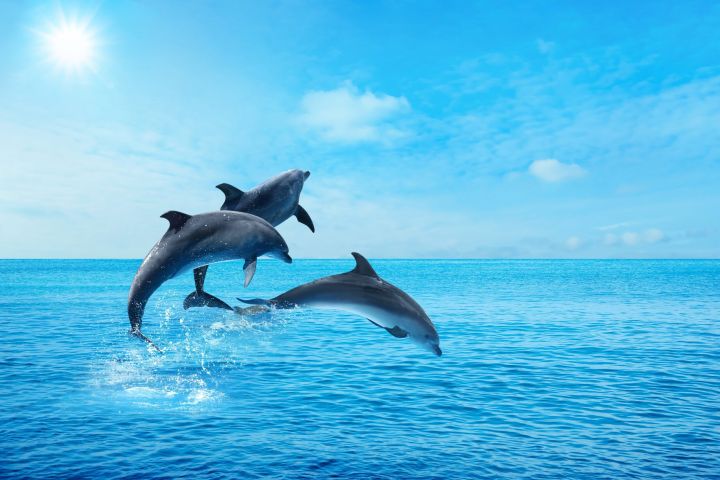
Dolphins
